Memorial to be unveiled honouring Flying Column recruited by Peadar O’Donnell in Derry in 1920
and live on Freeview channel 276
Noel McCann’s grandfather Seamus McCann, from Waterloo Street, was among several Derry republicans who attended a meeting in the Shamrock Hall in the Bogside in December 1920 during which O’Donnell, who was commander of the 2nd Battalion of the Donegal IRA. announced his intention of taking a Flying Column into Donegal.
Mr. McCann had joined the Irish Volunteers in 1918. He was among several men from the city who joined the unit. Others were Alfie McCallion, William Cullen, James Taylor, Frank Shiels, Pat McCallion and Frank Martin.
Advertisement
Hide AdAdvertisement
Hide AdOn December 29, 1920, the Flying Column made its way out of Derry via Bligh’s Lane past Holywell Hill and eventually into active service in West Donegal.
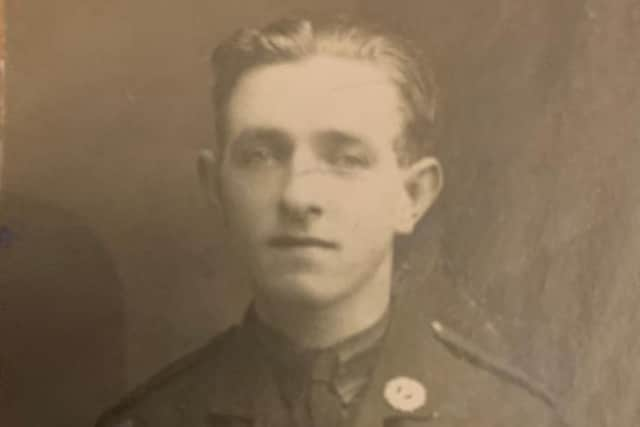

The men were involved in ambushes at Meenbanad, Crolly and Kincasslagh in January and February 1921.
This Sunday, April 30, at 12pm a memorial to the Flying Column will be unveiled by veteran republican Pat Doherty at Ballymacool Park in Letterkenny.
Noel told the ‘Journal’ it will be a proud day for the McCann family.
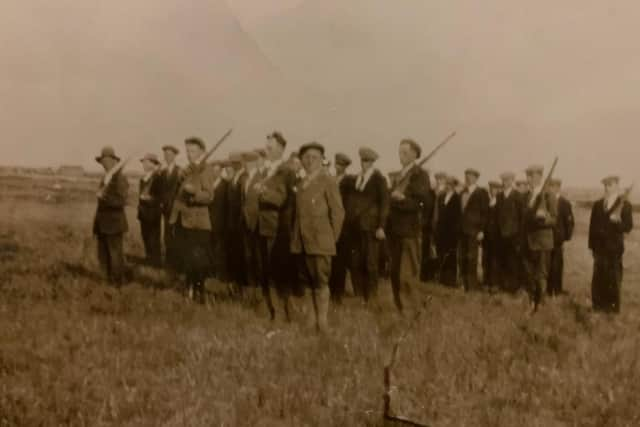

Advertisement
Hide AdAdvertisement
Hide Ad“Personally I am very proud of my grandfather Seamus McCann and my grandmother Madge McCann, who was in Cumann na mBan, and their comrades for the contribution they made towards a free and united Ireland.
"The stone is to commemorate the men of my grandfather’s Flying Column and to acknowledge the bravery, strength and determination they showed and the hardship they endured in very adverse circumstances and conditions, in an effort to achieve a 32 county republic,” he said.
Decades after the war Seamus McCann gave evidence to the Bureau of Military History.
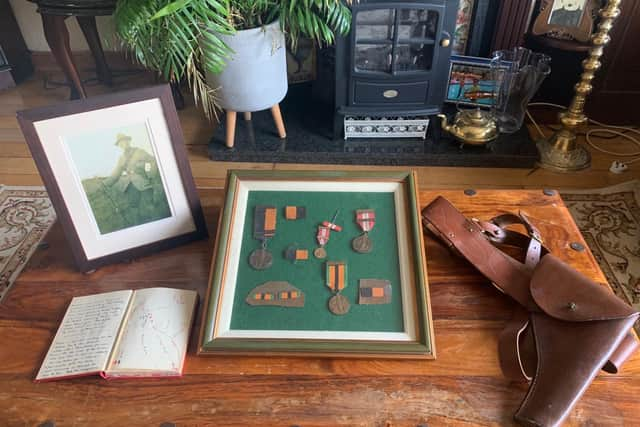

“I attended a meeting of the IRA in the Shamrock Hall, Derry, in December, 1920. It was at this meeting that I first met Peadar O’Donnell.
Advertisement
Hide AdAdvertisement
Hide Ad"His intention at this meeting was to make arrangements for to take a Flying Column into Co. Donegal, if sufficient Volunteers were available in Derry to man a Column. A number of men volunteered for this Column,” McCann stated.
At the end of December in 1920, the Flying Column made its way out of Derry through what would become the Creggan estate.
“Alfie McCallion and a few Volunteers conveyed the rifles and ammunition for the Column to the top of Bligh’s Lane on Saturday night. All roads leading from the city were held by British military (the Dorsets); so we did not attempt to leave that night.
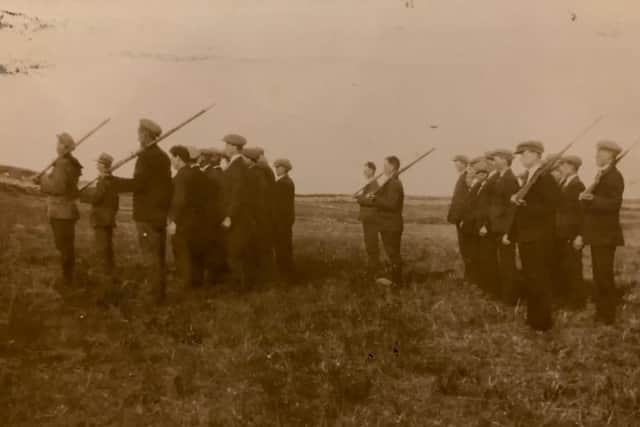

"On Saturday night we got going. Between Derry and Newtowncunningham McKee [James, from Armagh], Sullivan [Tom, from Cork] and myself lost our way. J. Deviney of Newtown was the Column guide. We tramped the main road until we came to near Letterkenny.
Advertisement
Hide AdAdvertisement
Hide Ad"It was now beginning to get clear in the morning so we went into an old coal shed near the Post Bridge and left our rifles down and rested on some straw for a short while. We discussed our situation and it was decided that I should go into Letterkenny and get in touch with some of our friends there.”
McCann took part in ambushes at Meenbanad and Crolly that January. Describing the first operation he stated: “We were settling down in our billets for the night when Peadar O’Donnell came in and said, ‘Boys, put on your boots. A troop train is on the way towards Burtonport!’
“We all got ready for the road and were taken by P. Bonner’s car to the town of Dungloe where we met Joe Sweeney and Anthony McGinley. Those officers had the local IRA ready waiting for us. We all started in the direction of Meenbanad Railway Station at the double.
"We moved to a cutting about 150 yards from the station and, as we had not time to lift the rails in order to stop the train, we used large boulders to block the railway line and we then lined ourselves on each side of the cutting.
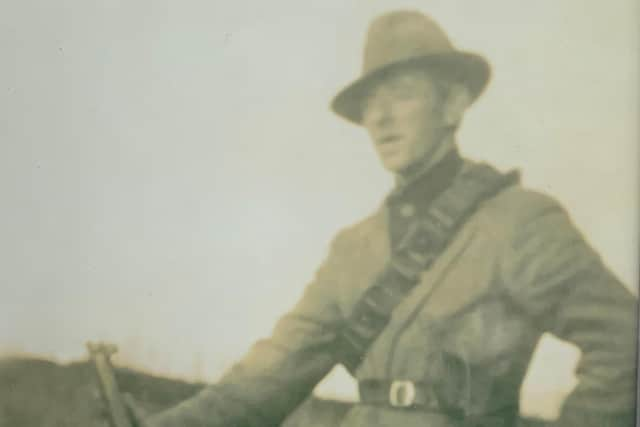

Advertisement
Hide AdAdvertisement
Hide Ad"In this operation the Derry Flying Column were armed with rifles and hand grenades and the Dungloe men were armed with shotguns.”
It did not take long for the train to arrive at which point the IRA was ready.
“As soon as it came to our position all our men armed with bombs used them endeavouring to put them into the carriages. Then fire was opened with rifles and shotguns. The exchange of fire lasted for some time, the military replying to our fire from the engine tender of the train.
"This fire forced our men to withdraw and the train succeeded in passing through the cutting. After this operation we fell back to the townland of Shiskinarone. From there we travelled to Croveghy Column Headquarters,” he stated.
Advertisement
Hide AdAdvertisement
Hide AdWilliam Cullen lost his way after the fight and was captured by the British unarmed after managing to dispose of his rifle prior to his arrest. At Crolly similar tactics were deployed.
“The main body of the Column took up positions on the hills overlooking the station. Peadar O’Donnell, who was in charge of this operation, sent a scout to the station with orders to find out if there were civilians on the train and to send an agreed signal to inform us if there were civilians on the train.
“The train arrived at the station and Peadar received the signal, ‘No civilians’, and we got ready to attack. As soon as the train arrived within effective distance for rifle fire from our positions, we opened a rapid fire on the train. This fire was maintained until the train had passed through the hill from which our men were tiring. After the Crolly train ambush, the column evacuated Croveghy to a place in the heart of the mountains, named Brockagh,” according to McCann.